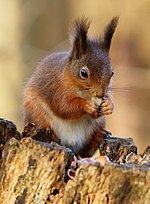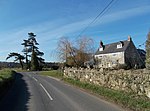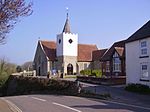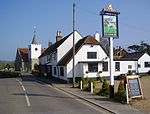Alverstone Marshes
English Site of Special Scientific Interest stubsIsle of Wight geography stubsMarshes of EnglandSites of Special Scientific Interest notified in 1951Sites of Special Scientific Interest on the Isle of Wight ... and 1 more
Use British English from June 2015
Alverstone Marshes (grid reference SZ572859) is an 83.8 hectare biological Site of Special Scientific Interest on the Isle of Wight, notified in 1951. The Alverstone Marshes are the site of a wetland restoration project by the Royal Society for the Protection of Birds. It is also noted for water voles.
Excerpt from the Wikipedia article Alverstone Marshes (License: CC BY-SA 3.0, Authors).Alverstone Marshes
Sandown to Newport Cyclepath,
Geographical coordinates (GPS) Address Nearby Places Show on map
Geographical coordinates (GPS)
| Latitude | Longitude |
|---|---|
| N 50.66997 ° | E -1.19194 ° |
Address
Sandown to Newport Cyclepath
Sandown to Newport Cyclepath
PO36 0HJ
England, United Kingdom
Open on Google Maps










